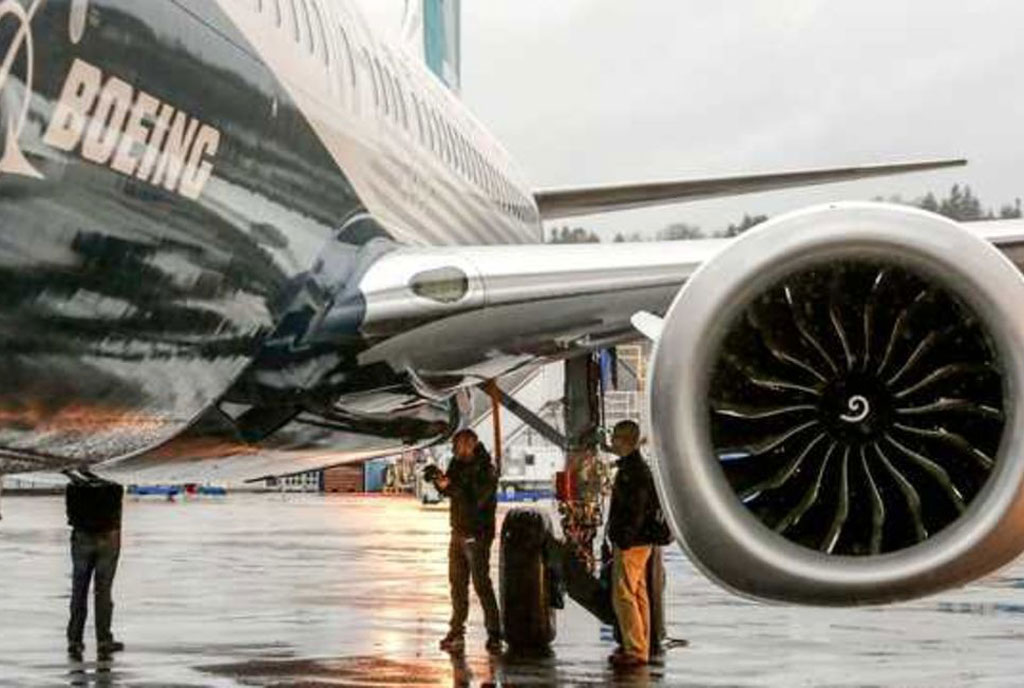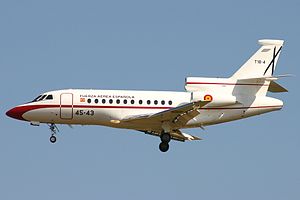Africa on the radar over air safety

Sub-Saharan Africa registered a slip in air safety last year, despite an overall improvement in other regions. PHOTO | FILE
What you need to know:
- The year saw a total of 26 accidents — nine fewer than 2020 — with sub-Saharan Africa contributing four.
Sub-Saharan Africa registered a slip in air safety last year, despite an overall improvement in other regions, according to data from the International Air Transport Association’s Airline Safety Performance Report for 2021.
Indeed, you needed to have taken a flight daily for the equivalent of more than 10,000 years before the odds of dying in an aircraft accident turned against you during the year. The chances of dying in aircraft accident were also higher if you were flying on smaller propeller-driven aircraft.
The year saw a total of 26 accidents — nine fewer than 2020 — with sub-Saharan Africa contributing four. The region also accounted for three of the seven fatal accidents in which 18 people died out of the global toll of 121 fatalities. The fatalities were below the 132 reported during 2020 and well below the five-year average of 207.
Jet fatality risk
The all-accident rate — a measure of accidents per a million flights — however, improved from 1.58 in 2020 to 1.01 in 2021. According to IATA, the numbers mean that on average, a person would need to take a flight every day for 10,078 years for the odds to place him in an accident in which at least one person dies. But the fatality risk rose from 0.13 a year earlier to 0.23 because of the rise in fatal turboprop aircraft accidents.
There was only one fatal accident involving jet aircraft during the year, placing the jet fatality risk in 2021 at 0.04 per million sectors, compared with the five-year average of 0.06.
The single non-fatal loss occurred when a Skyward Express Dash-8 was destroyed in runway collision at Bura Hache airstrip in Somalia. None of the operators of the accident aircraft was enrolled on the IATA Operational Safety Audit.
“The severe reduction in flight numbers last year compared with the five-year average magnified the impact of each accident when we calculate rates. Yet in the face of numerous operational challenges in 2021, the industry improved in several key safety metrics. However, it is clear that we have much work ahead of us to bring all regions and types of operations up to global levels of safety performance,” said Willie Walsh, IATA’s director general.
Africa and the Commonwealth of Independent States (12 former Soviet republics in Eastern Europe and Central Asia) were the only ones with a rise in accident rates relative to the five-year average.
Turboprop operations are of concern because despite representing only 10.99 percent of total sectors flown, accidents involving this category of aircraft represented half of all accidents, 86 percent of fatal accidents and 49 percent of fatalities in 2021.
“Turboprop operations will be a focus area to identify ways to reduce the number of incidents,” said Walsh.
IATA says to improve safety the priority for Africa would be implementation of the International Civil Aviation Organisation’s safety-related standards and recommended practices (Sarps). Just 28 African countries had achieved over 60 percent of Sarps at the end of 2021.
“Also, a multi-stakeholder approach to specific states will be important to addressing repeated occurrences,” Walsh added.
*Written by Michael Wakabi




